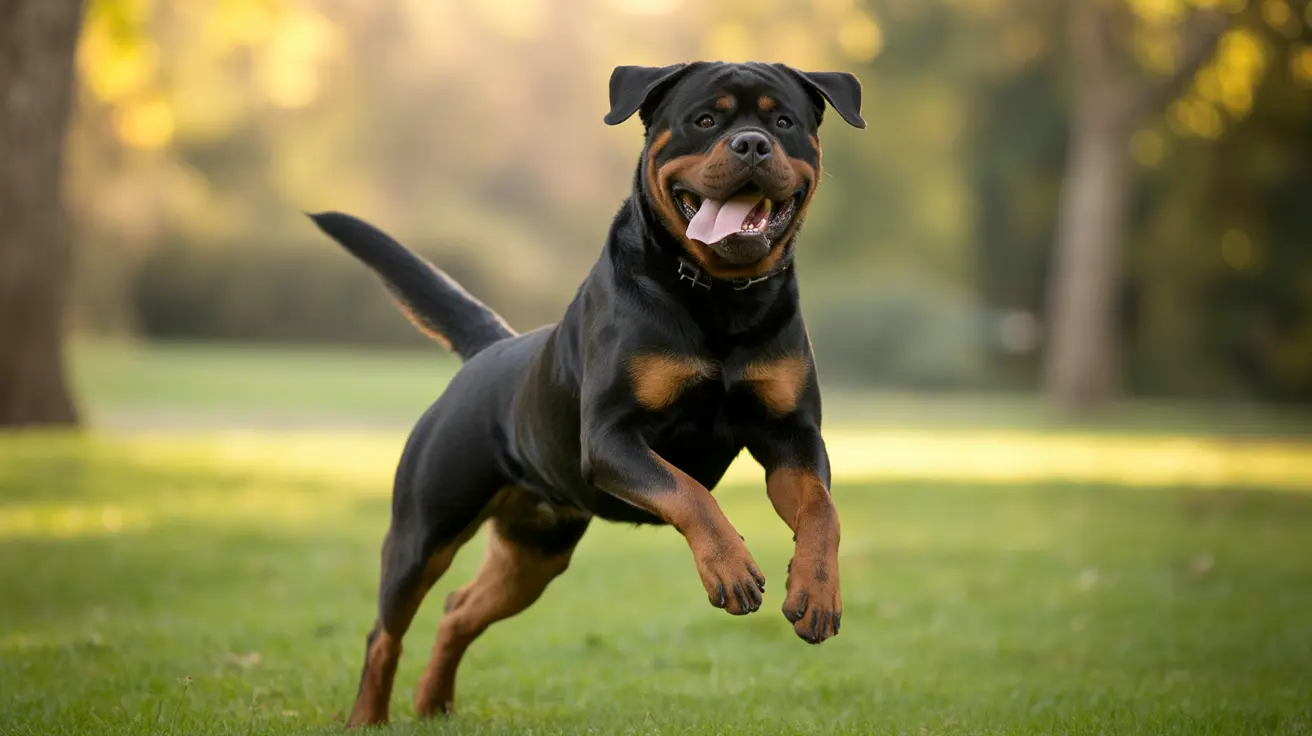How to Stop Your Dog From Licking: Effective Solutions
Dogs lick themselves for grooming, comfort, or due to irritation, but excessive licking can cause wounds, infections, or worsen healing injuries. If your pet won’t stop licking a particular area, you need to intervene. Below, we’ll explore safe, veterinarian-approved options to stop this problematic behavior.
Why Dogs Lick Excessively
It’s important to understand what might be causing the licking. Common reasons include:
- Allergies: Environmental or food allergies can lead to itchy skin.
- Injuries: Cuts, hot spots, or surgical wounds may prompt licking.
- Anxiety: Dogs may compulsively lick to self-soothe.
- Parasites: Fleas or mites can cause discomfort and localized licking.
Once the underlying cause is addressed, you’ll need to use a physical or behavioral deterrent to prevent further licking.
Top Products to Prevent Dog Licking
Here are the most effective tools and substances to stop your dog from licking:
1. Elizabethan Collars (E-Collars)
Commonly known as the “cone of shame,” these collars prevent the dog from reaching the body with its mouth. They are highly effective after surgeries or for treating wounds.
- Available in plastic, soft fabric, or inflatable styles.
- Should be worn under supervision to prevent accidents.
- Must be correctly sized for comfort and effectiveness.
2. Inflatable or Soft Recovery Collars
If your dog finds the traditional E-collar uncomfortable, soft or inflatable versions provide a gentler alternative.
- More comfortable: Often better tolerated.
- Allows limited mobility: Blocks access to certain areas effectively.
- Best for calm dogs or non-severe injuries.
3. Dog Booties or Bandages
If the dog is licking its paws or legs, padded dog booties or vet-approved bandages can protect the area directly.
- Ensure the fit is snug but not cutting off circulation.
- Frequently check for moisture buildup.
- Ideal for short-term use, combined with training and treatment.
4. Bitter-Tasting Deterrent Sprays
These sprays make the licked area unpleasant to taste, discouraging the behavior quickly.
- Use products that are pet-safe and vet-recommended.
- Apply directly to the fur or bandage.
- Do a test patch first to check for skin reactions.
5. Anxiety-Reducing Techniques
If your dog licks due to stress or behavioral issues, consider calming strategies:
- Distraction toys: Puzzle feeders or chew toys redirect the behavior.
- Desensitization training: Gradual exposure to triggers may help.
- Behavioral therapy: Consult a professional dog trainer or behaviorist.
What Not to Do
There are a few things to avoid when preventing licking:
- Don’t use human creams or ointments: Many can be toxic if ingested.
- Don’t punish licking: It won’t address the underlying cause.
- Don’t leave collars or socks on unsupervised: Risk of strangulation or ingestion.
When to See the Vet
If the licking is excessive, persistent, or accompanied by swelling, redness, or discharge, seek veterinary attention. Licking can be a symptom of an underlying issue that requires medical treatment.
Final Thoughts
Preventing your dog from licking is about balancing protection, comfort, and care. Whether you choose an E-collar, gentle deterrent sprays, or anxiety-reducing strategies, consistency and monitoring are key. Always consult with your veterinarian before trying a new product or method to ensure it’s appropriate for your pet’s specific needs.





